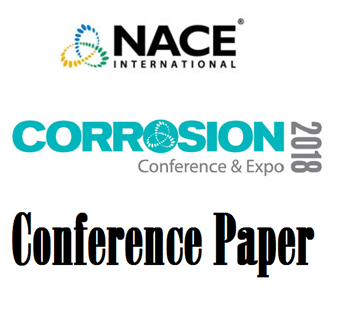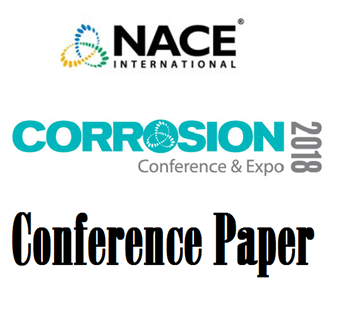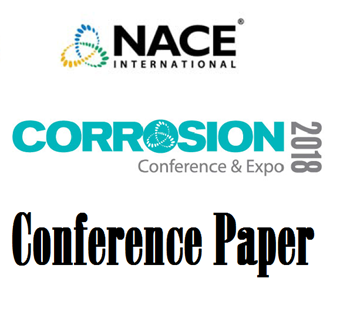Search
51318-11174- Corrosion Evaluation of CoCrFeMnNi High-Entropy Alloys (HEAs) for Corrosion rotection of Natural Gas Transmission Pipelines
Also Purchased
51318-11154-Preliminary corrosion testing of explosive cladded materials in geothermal environment
Product Number:
51318-11154-SG
Publication Date:
2018
$20.00
51318-11165-Welding Metallurgy and Weld Metal Properties of UNS N07022 Alloy
Product Number:
51318-11165-SG
Publication Date:
2018
$20.00
51318-11155-Corrosion Behavior of Powder Metallurgical Cobalt-Based Alloys in Hydrochloric Acid
Product Number:
51318-11155-SG
Publication Date:
2018
$20.00




